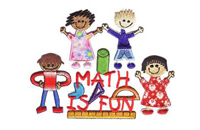Vox – Ulrich Boser
For almost an hour, she used the abacus-based approach to solve math problems. Sometimes she would get problems wrong and smile and shrug. But she also answered many of the problems correctly, including the addition of multiple five-digit numbers in her head. The key to her success was an ancient technology called the abacus. As I discovered while reporting on a book on the science of learning, the typical abacus has small discs that move up and down on thin posts. The small discs have different values, and the four beads on the bottom have a value of 1. The discs at the top have a value of 5. To calculate a problem, you move the discs up and down until you get to a solution. For much of that evening, Stevenson used a practice called “mental abacus,” envisioning the abacus in her mind and then using her fingers to work through the problem.(more)

